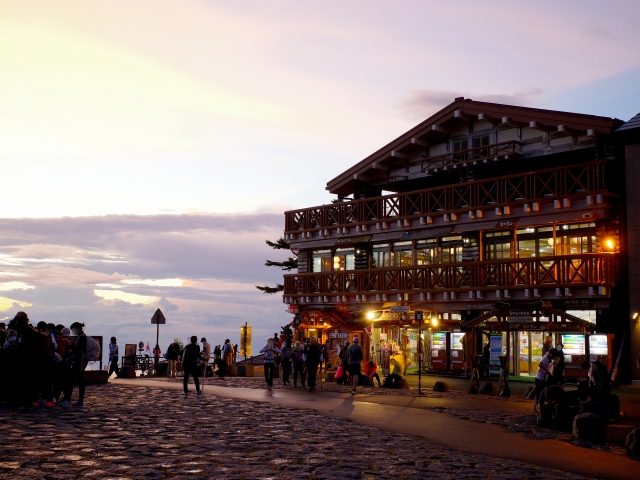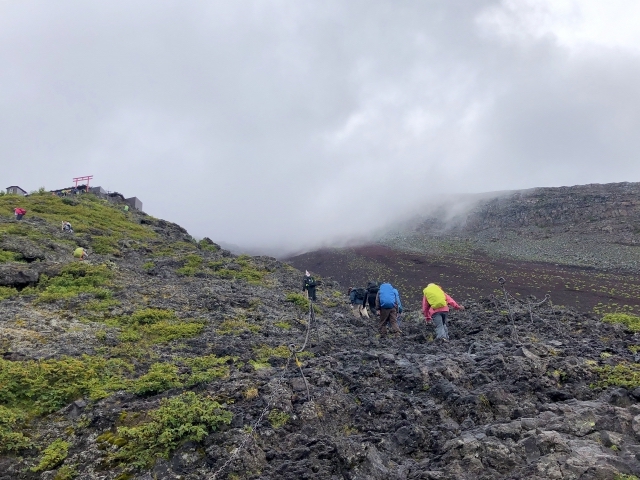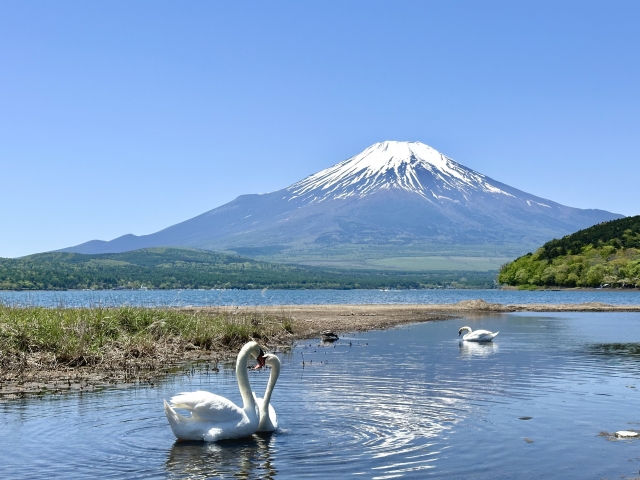Mount Fuji as a World Heritage Site
Mount Fuji was registered as a UNESCO World Heritage Site in 2013. While there are two categories of World Heritage sites—natural and cultural—Mount Fuji, despite its status as Japan’s highest peak at 3,774 meters and its active volcanic nature, was designated as a cultural heritage site. The mountain’s numerous eruptions throughout history have shaped its iconic stratovolcano form, admired worldwide. Nevertheless, it is its cultural significance that earned it a place on the World Heritage list.
Mount Fuji’s Religious Significance
Since ancient times, Mount Fuji has been revered as a sacred mountain by the Japanese people. Its towering summit, seen as being close to the heavens, was believed to house the gods, making the mountain itself a focal point of worship. In the Heian period (794–1185), it became a site for ascetic practices in the Shugendo religion, and people began to climb it as a form of devotion. During the Kamakura period (1185–1333), sects like Nichiren Buddhism further spread Fuji worship, and by the Edo period (1603–1868), the practice known as Fujiko—religious pilgrimages involving climbing the mountain—became widespread among the common people. Through these historical developments, Mount Fuji firmly established itself as a spiritual symbol in Japan.
Cultural Assets Surrounding Mount Fuji
In recognition of its deep religious roots, not only the mountain itself but also the shrines and other related cultural assets at its base were included in the World Heritage designation. Notable among these are the Fujisan Hongu Sengen Taisha Shrine and the Kitaguchi Hongu Fuji Sengen Shrine. These shrines have long served as the central sites for Fuji worship, venerating the mountain as a deity. Fujisan Hongu Sengen Taisha, in particular, was built to pray for the calming of volcanic eruptions, and together with Mount Fuji, these shrines reflect the powerful connection between faith and nature, securing its cultural heritage status.
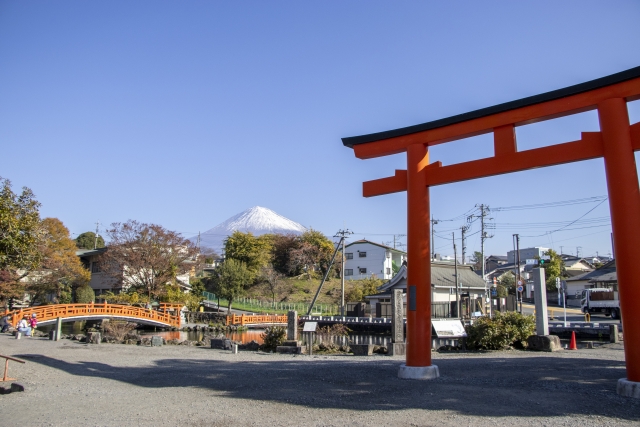
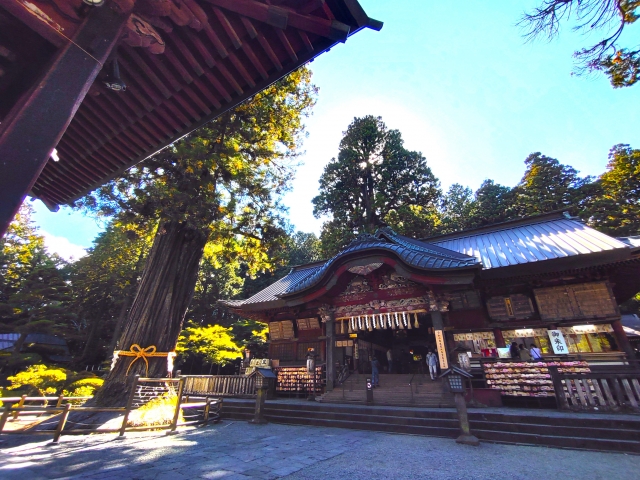
Mount Fuji in Edo Period Life
During the Edo period, despite being over 100 kilometers away, Mount Fuji could be seen from various locations in the city of Edo (modern-day Tokyo). City planning even incorporated streets designed to provide scenic views of the mountain, and place names such as “Fujimi” (meaning “Fuji view”) can still be found throughout Tokyo, reflecting the enduring significance of these vistas.
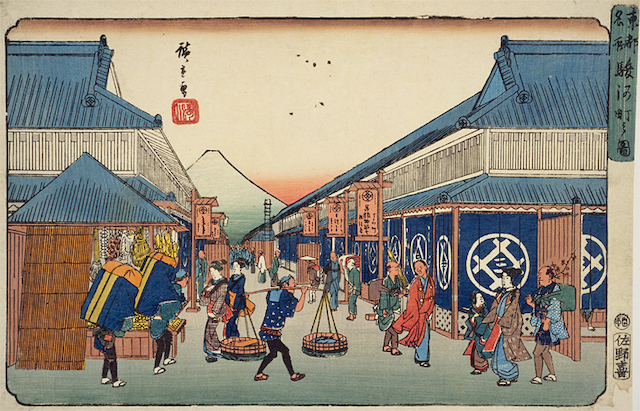
The Creation of Fujizuka
The influence of Fujiko led to the creation of many Fujizuka, artificial mounds representing Mount Fuji, across the Edo area during the Edo period. These small, man-made “Fuji mountains,” typically ranging from a few meters to around ten meters in height, allowed people who could not travel to Mount Fuji to experience the spiritual benefits of a pilgrimage. Climbing these mounds was believed to offer the same divine rewards as ascending the actual mountain. Built from stones and soil, Fujizuka featured paths and entrances that mimicked the trails of Mount Fuji, providing a sacred space for prayer. Today, several Fujizuka remain in Tokyo, with notable examples at Narukoten Shrine and Shinagawa Shrine, preserving the legacy of Fuji worship from the Edo period.



Mount Fuji: A Beautiful but Active Volcano
While Mount Fuji’s majestic form has made it a focus of worship, it remains an active volcano. Throughout history, Mount Fuji has erupted multiple times, with the most famous eruption occurring in 1707. Known as the Hoei eruption, this event blanketed Edo with volcanic ash, severely affecting agriculture and daily life. Though there has been no eruption in over 300 years, the mountain still poses a potential risk, and volcanic monitoring is a crucial aspect of modern safety efforts.
Today, the Japan Meteorological Agency maintains a 24-hour surveillance system around Mount Fuji, collecting data on seismic activity, volcanic gases, and crustal movement. Local governments have developed evacuation plans, ensuring preparedness for future eruptions. These measures include building shelters, maintaining evacuation routes, and issuing alerts based on volcanic warning levels. Additionally, regular disaster preparedness drills are held in the surrounding areas to educate residents and tourists about potential hazards.
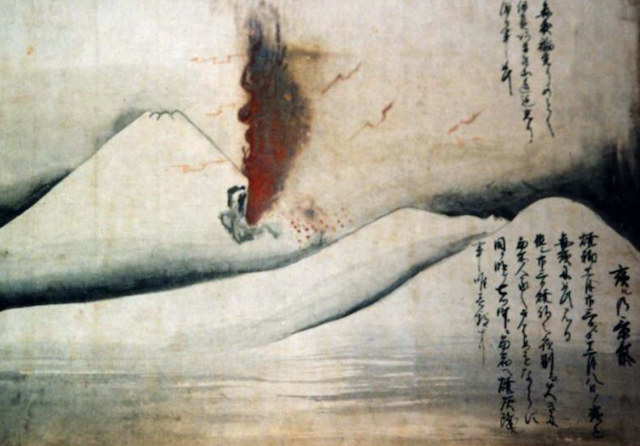
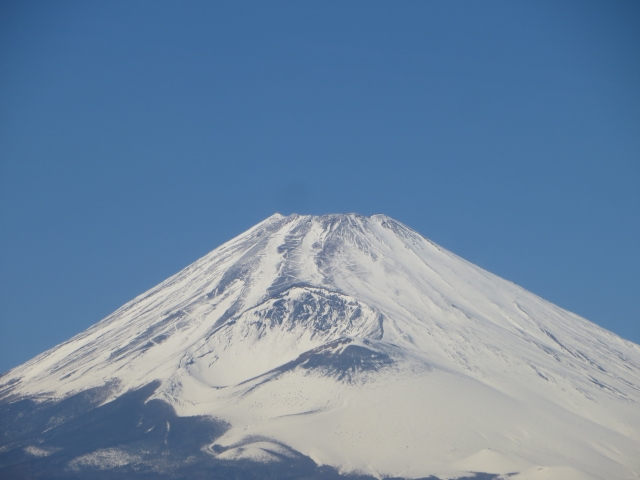
Mountaineering and Tourism
This year, from July 1 to September 10, the official number of climbers was reported to be 204,316 (according to the Ministry of the Environment). Although this figure represents a roughly 10% decrease from the previous year due to stricter regulations and entry controls, Mount Fuji remains highly popular, with many foreign tourists eager to climb the mountain. Understanding Mount Fuji’s rich cultural background only deepens its appeal as a destination for visitors.
